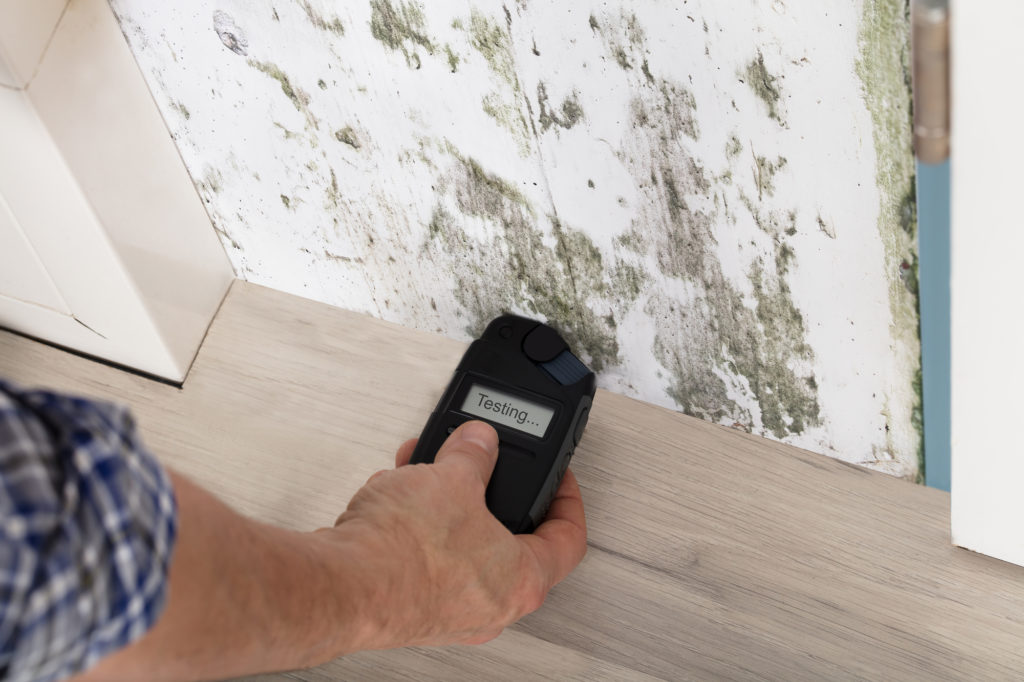Your Ultimate Overview to Blog Post Mold And Mildew Removal Methods
In the consequences of mold and mildew infestation, knowing just how to successfully get rid of the mold and prevent its reoccurrence is critical for maintaining a healthy interior environment. From picking the ideal cleaning and sanitizing techniques to executing techniques for long-term mold avoidance, each action in the removal journey plays an important duty in making sure a successful outcome.
Recognizing Post-Mold Removal Refine
After finishing the mold and mildew remediation process, it is vital to understand the post-mold removal techniques that are essential to make sure a efficient and detailed cleaning. When the mold has actually been removed, the following step involves cleaning and disinfecting the affected locations to prevent any kind of regrowth of mold and mildew.
Furthermore, carrying out a last inspection post-remediation is essential to guarantee that all mold has been efficiently gotten rid of. This assessment needs to involve an extensive visual check along with possibly air sampling to verify the absence of mold spores airborne. If the examination exposes any type of sticking around mold and mildew, extra remediation may be necessary. Educating residents on preventative steps such as controlling wetness levels and quickly resolving any type of water leaks can assist preserve a mold-free setting.
Reliable Cleaning Up and Disinfecting Methods

Stopping Future Mold Growth

Importance of Appropriate Air Flow
Proper air flow plays an essential role in stopping dampness build-up, a vital factor in mold and mildew growth within indoor atmospheres. Effective ventilation systems assist remove excess moisture from the air, lowering the chances of mold spores locating the wetness they require you can find out more to spread out and sprout. Without appropriate ventilation, indoor rooms can come to be a reproduction ground for mold and mildew, resulting in possible wellness threats and architectural damages.
By making certain appropriate air blood circulation, ventilation systems can additionally assist in drying wet areas faster after water damages or flooding occurrences, better hindering mold growth. what to do after mold remediation. Precede like washrooms, attic rooms, kitchens, and cellars page where wetness degrees tend to be higher, mounting and keeping effective air flow systems is critical in protecting against mold and mildew infestations

Tracking and Maintenance Tips
Provided the important role that correct ventilation plays in protecting against mold growth, it is necessary to establish reliable surveillance and maintenance ideas to make certain the continued performance of ventilation systems. Routine inspections of air flow systems ought to be conducted to check for any kind of indications of blockages, leakages, or malfunctions that could restrain correct air movement. Tracking humidity degrees within the home is also essential, as high humidity can contribute to mold development. Installing a hygrometer can help track moisture levels and alert home owners to any spikes that may need interest. Furthermore, ensuring that air filters are consistently cleaned or replaced is crucial for preserving the effectiveness of the ventilation system. Implementing a routine for regular maintenance tasks, such as air duct cleansing and cooling and heating system examinations, can assist protect against concerns before they escalate. By remaining attentive and aggressive to the problem of air flow systems, home owners can effectively alleviate the danger of mold regrowth and keep a healthy and balanced interior setting.
Final Thought
Finally, post-mold remediation techniques are essential for ensuring a tidy and secure setting. Understanding the process, executing reliable cleansing and disinfecting techniques, protecting against future mold and mildew growth, maintaining appropriate ventilation, and normal tracking are all vital steps in the removal process. By complying with these standards, you can successfully get rid of mold and avoid its return, advertising a healthy living or functioning space for all residents.
In the after-effects of mold problem, understanding just how to properly remove the mold and prevent its reoccurrence is vital for preserving a healthy and balanced indoor atmosphere. Once the mold has actually been gotten rid of, the next action entails cleansing and decontaminating the influenced areas to stop any type of regrowth of mold - what to do after mold this post remediation. After getting rid of noticeable mold and mildew development, it is crucial to clean up all surface areas in the affected location to remove any type of remaining mold spores. To further enhance mold avoidance steps, it is crucial to attend to underlying issues that originally led to mold advancement.Provided the vital role that correct air flow plays in avoiding mold development, it is imperative to establish efficient tracking and upkeep tips to ensure the ongoing functionality of ventilation systems
Comments on “Guaranteeing Post Remediation Verification Accuracy”